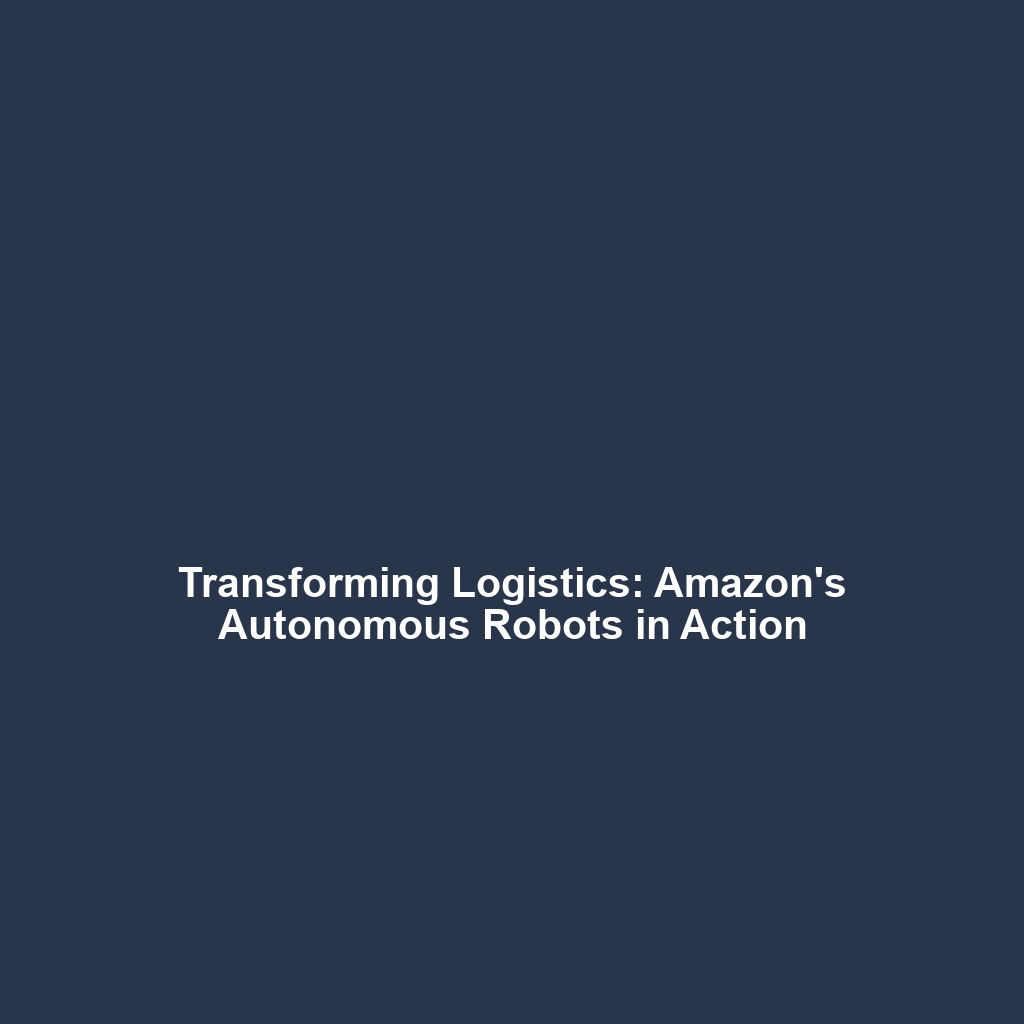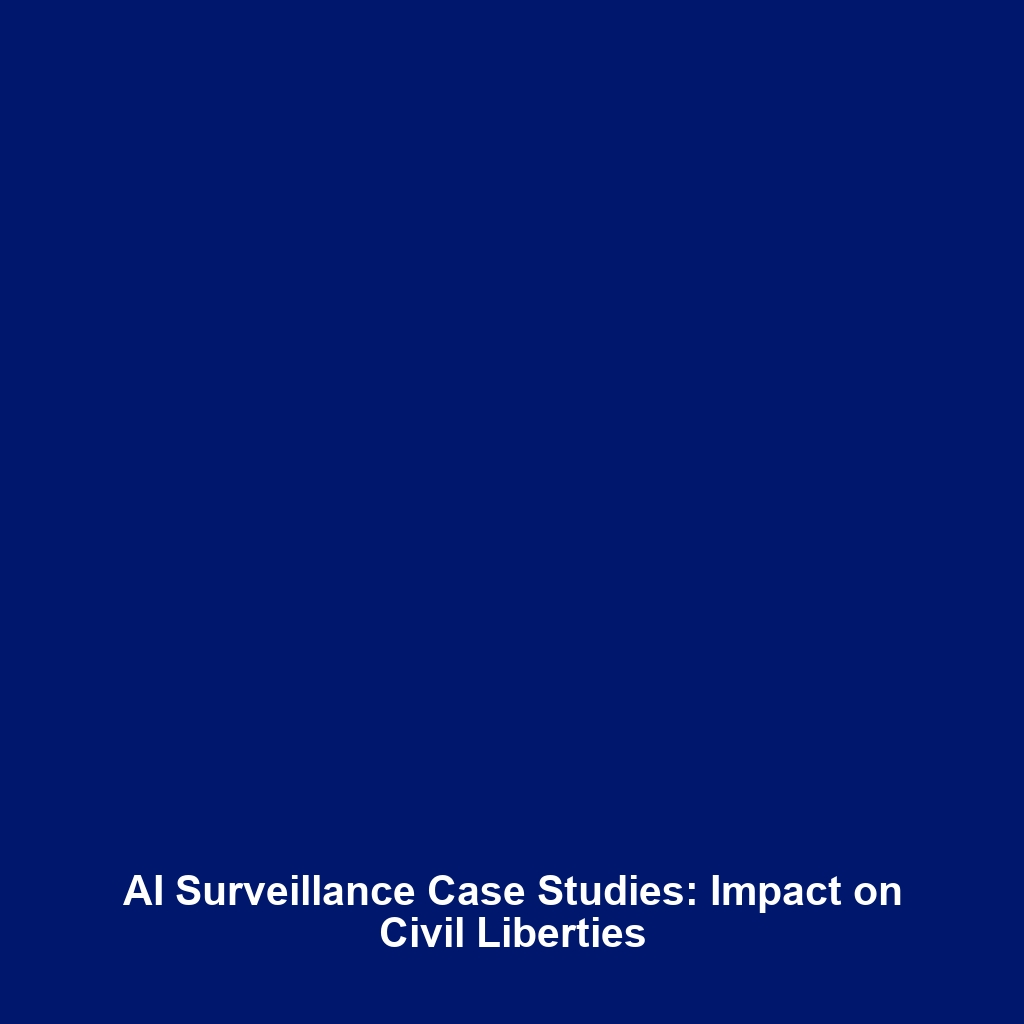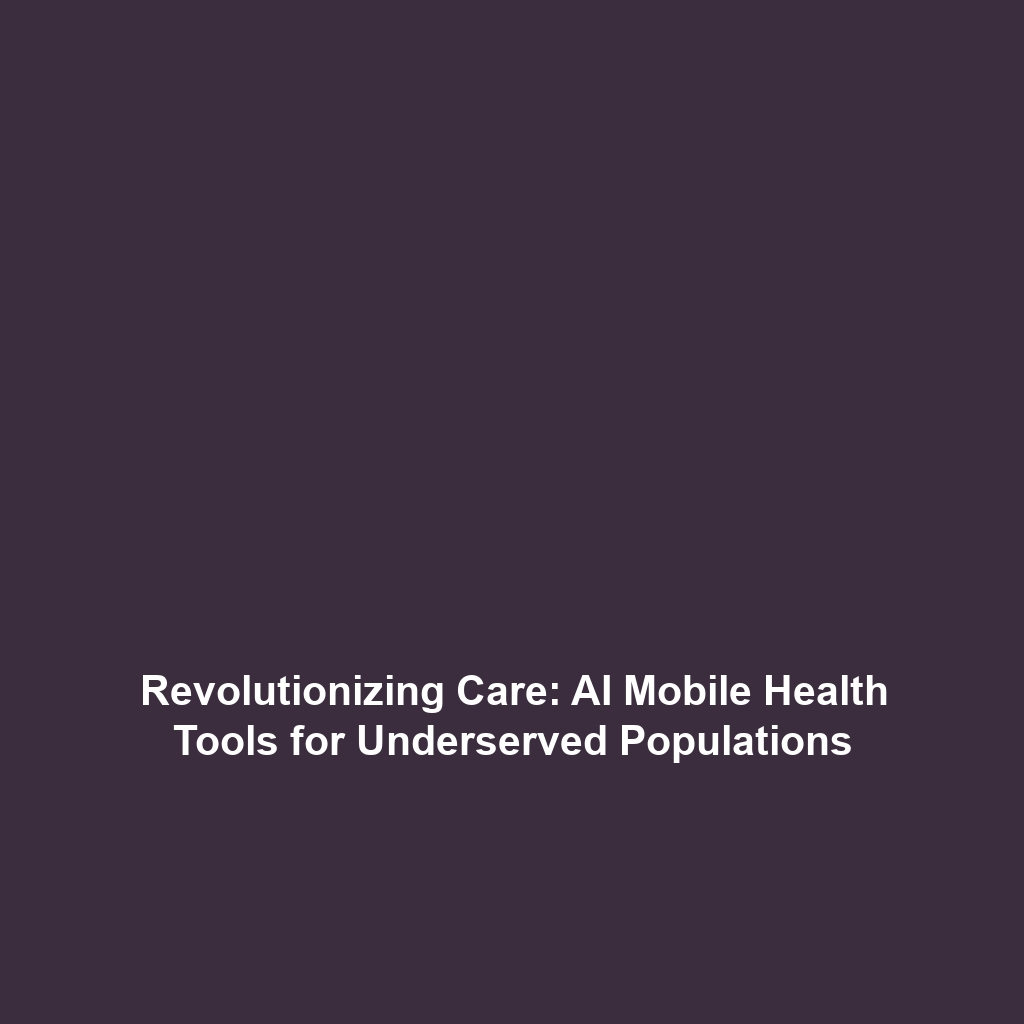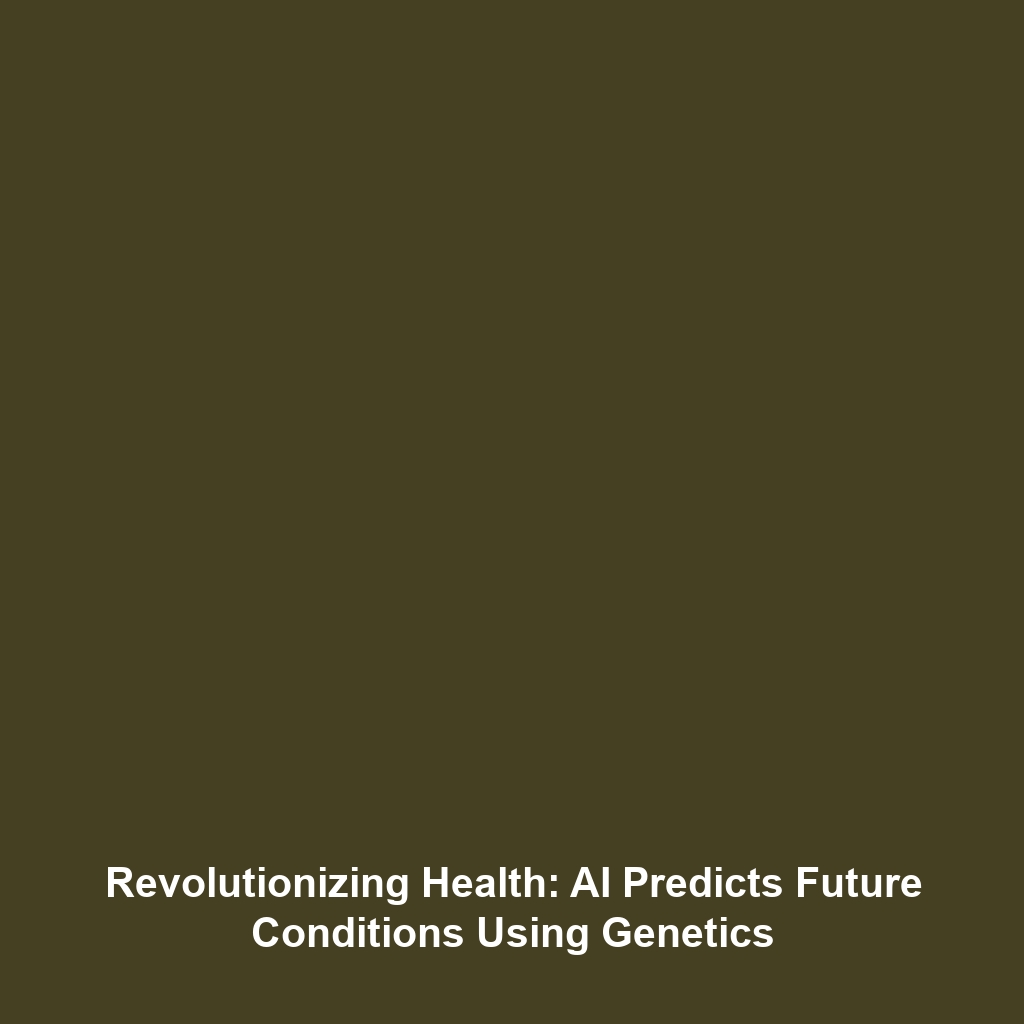Real-world Examples: Amazon’s Autonomous Robots in Warehouse Logistics
Amazon’s use of autonomous robots in warehouse logistics is a transformative development in the field of
autonomous robots. These sophisticated machines are revolutionizing the efficiency and
productivity of supply chain operations. With their ability to navigate complex environments and
integrate seamlessly with human workers, they exemplify the cutting-edge advancements in robotic
technology. Understanding these real-world applications not only highlights the practical uses of
autonomous robots but also underscores their significance in shaping modern logistics and e-commerce.
Key Concepts
At the heart of Amazon’s logistical efficiency are several key concepts that define the operation of
autonomous robots. These include:
- Autonomy: The capacity of robots to perform tasks without human intervention.
- Navigation Technologies: Use of sensors and algorithms for indoor mapping and obstacle avoidance.
- Collaboration: Ability to work alongside human workers in a shared environment.
These principles fit well within the broader category of autonomous robots, as they illustrate
how technology can enhance operational workflows in logistics and supply chain management.
Applications and Real-World Uses
Amazon’s autonomous robots, such as the Kiva robots, demonstrate several practical applications in
warehouse logistics, showcasing how autonomous robots are used in logistics. Notable uses include:
- Inventory Management: Robots efficiently locate and retrieve items from shelves, enhancing accuracy and speed.
- Order Fulfillment: Automation of picking processes reduces human workload and increases order processing speed.
- Space Optimization: Autonomous robots are capable of reorganizing warehouse layouts for maximum efficiency.
Current Challenges
Despite their significant advantages, there are several challenges of autonomous robots in
warehouse logistics. Some of the current limitations include:
- High Initial Investment: The cost of integrating autonomous robots into existing systems can be prohibitively high.
- Technical Limitations: Ensuring robots can adapt to unforeseen changes in the environment remains a challenge.
- Workforce Displacement: Concerns about job losses among human workers due to automation have been raised.
Future Research and Innovations
Moving forward, research in autonomous robots is poised for groundbreaking innovations.
Potential future developments include:
- Advanced AI Algorithms: Enhancements in machine learning to improve autonomous decision-making.
- Robot Swarm Technology: Coordinated operations of multiple robots to optimize warehouse performance.
- Human-Robot Collaboration: New models for improved interaction between robots and human workers in logistics.
Conclusion
In conclusion, Amazon’s utilization of autonomous robots in warehouse logistics represents a significant
leap in the field of autonomous robots. Their real-world applications not only enhance efficiency
but also pave the way for future innovations that promise to further revolutionize the industry.
For a deeper understanding of robotics and technology innovations,
explore related topics on our website.




